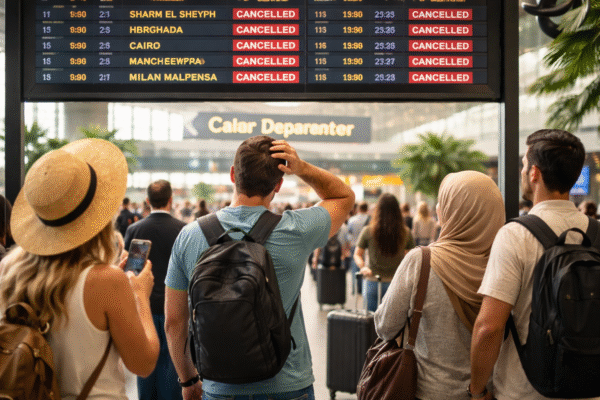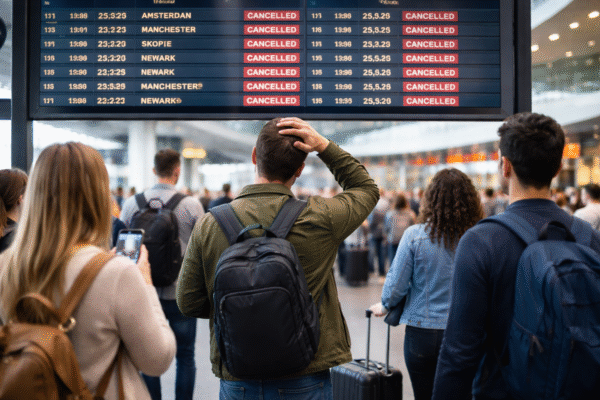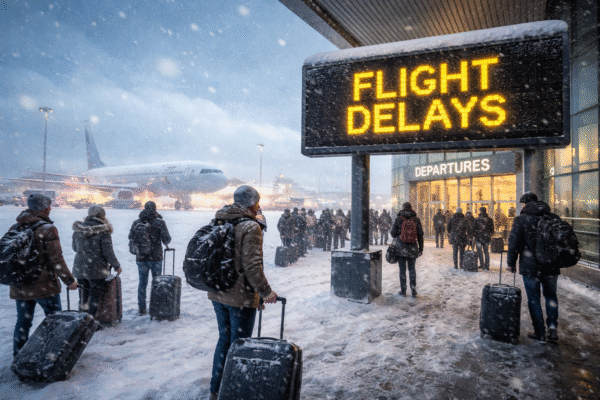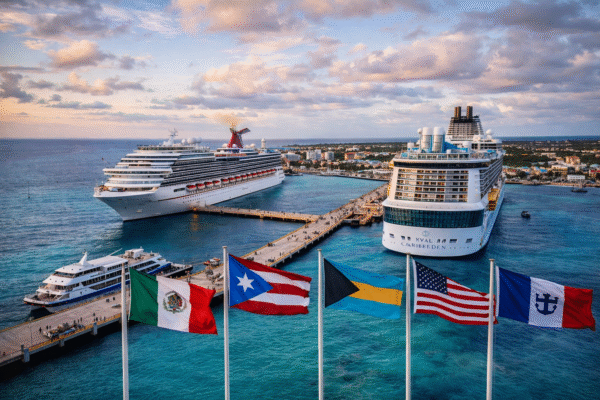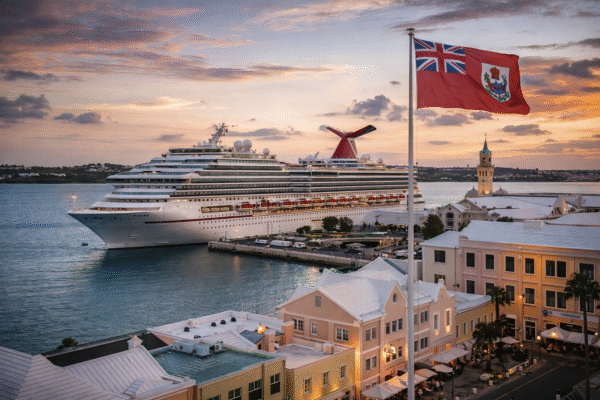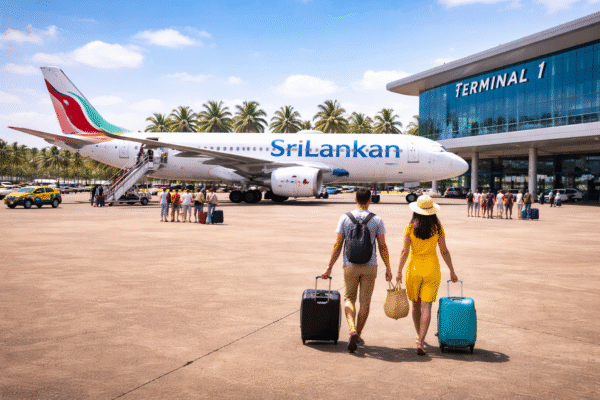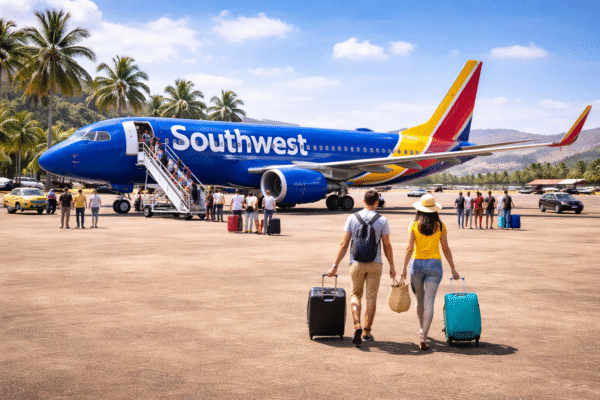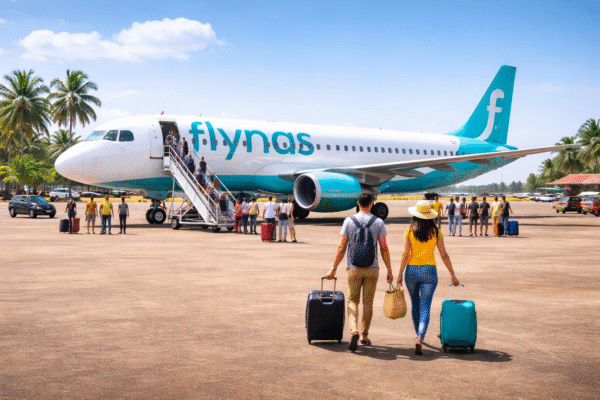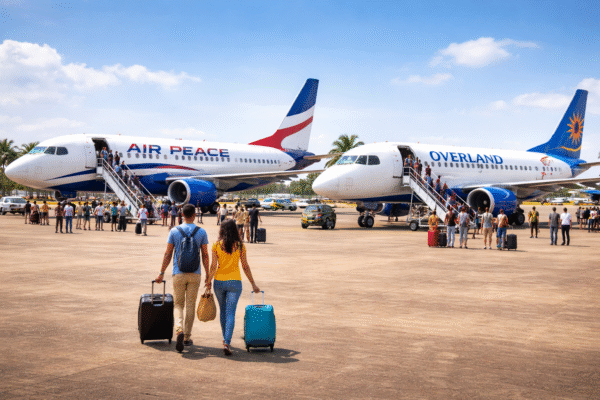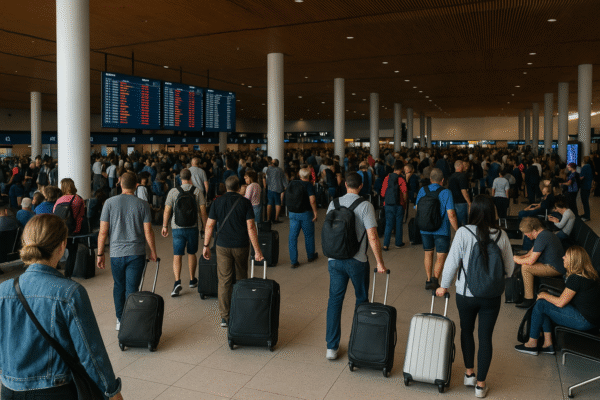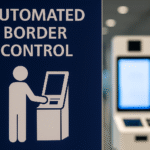A wave of travel turmoil has swept across New Zealand and Australia, as severe flight delays and cancellations cripple major airports, leaving thousands of passengers stranded or scrambling to adjust their plans. In just a short span, over 250 flights have been delayed and more than 30 cancelled, creating chaos at Auckland, Sydney, Melbourne, and Wellington — four of the busiest aviation gateways in the region.
Widespread Disruptions Across the Tasman
The disruption began with a combination of adverse weather systems — including strong winds, heavy rain, and low visibility — coupled with operational challenges such as aircraft rotation delays and crew shortages. These factors snowballed into long queues at check-in counters, crowded departure lounges, and growing frustration among travellers.
In Auckland, travellers bound for both domestic and long-haul destinations faced the longest waits, with missed connections affecting journeys to Asia, North America, and the Pacific Islands. Wellington’s compact terminal struggled with sudden schedule shifts, forcing airlines to juggle gates and boarding times. Across the Tasman, Sydney and Melbourne saw ripple effects as delayed New Zealand departures threw off arrival slots and turnaround schedules.
Air New Zealand: Battling Weather and Network Strain
Air New Zealand reported 75 delays and a 13% delay rate, with 13 cancellations — many affecting high-frequency domestic routes such as Auckland–Wellington and Christchurch services. Weather-related diversions further complicated schedules, forcing some regional flights to be scrapped entirely.
Auckland, Wellington, and Christchurch bore the brunt of the disruption, with cancellations affecting evening peak times when business travellers and commuters typically fly. Passengers on cancelled flights were offered rebookings or refunds, though many chose to delay trips entirely.
QantasLink: Regional Travellers Hit Hard
QantasLink, which connects Australia’s metropolitan hubs with smaller cities and regional centres, logged 69 delays with a 20% delay rate — the highest among the three major carriers. Ten cancellations particularly impacted Queensland’s Far North and inland routes, where alternative transport is limited.
The airline cited severe crosswinds at regional airfields and downstream scheduling issues from delayed Sydney and Brisbane departures. Many passengers opted to wait for later flights rather than accept refunds, highlighting the limited travel alternatives in regional Australia.
Qantas: Largest Delay Volume but Wider Network Absorption
Qantas, Australia’s national carrier, experienced the highest number of delayed flights — 121 in total, representing an 18% delay rate — but managed to absorb cancellations across its broader fleet. Only eight flights were cancelled, though these included high-traffic services between Melbourne and Sydney, the world’s second-busiest air route.
Qantas has been working to bolster its on-time performance after several months of operational scrutiny from regulators. The airline has expanded its customer care measures, offering accommodation, meals, and transport where delays exceeded overnight thresholds.
Impact on Tourism and Travellers
The disruption could not have come at a worse time for tourism in both countries. August marks a busy period for winter sports tourism in Queenstown and Wanaka, as well as city-based events in Sydney and Melbourne. Travellers reported missing guided tours, hotel check-ins, and festival openings due to the delays.
Tourism boards in both New Zealand and Australia have urged visitors to maintain flexible itineraries, allow buffer days for inter-city transfers, and stay updated via official airline channels. Auckland Airport has expanded customer assistance desks, while Sydney and Melbourne airports have increased signage and announcements to guide passengers through schedule changes.
Government Oversight and Passenger Rights
In Australia, the government is pushing forward with a draft Aviation Customer Rights Charter, which could require airlines to offer clearer compensation and rebooking policies during mass disruptions. New Zealand’s Civil Aviation Authority has similarly indicated it is reviewing current consumer protections for domestic travellers.
Under current rules, airlines in both countries must offer alternative flights or refunds for cancellations, though accommodation and meal coverage varies. Travel insurance providers have reported a surge in claims for trip interruption coverage, especially from international visitors.
Airline Recovery Plans
Air New Zealand and Qantas have both announced accelerated maintenance and fleet readiness checks to avoid technical delays in the coming months. QantasLink is adding reserve aircraft to cover for weather-related knock-on delays, while Air New Zealand is investing in improved real-time passenger communication tools, including SMS alerts and app notifications.
Both carriers stress that while weather remains unpredictable, they are committed to minimising operational delays and improving on-time performance. With spring approaching in the Southern Hemisphere, aviation analysts expect a gradual return to schedule stability.
Tips for Travellers Facing Disruptions
- Check flight status early and often via official airline apps.
- Allow extra transit time between connecting flights, particularly for international itineraries.
- Know your passenger rights regarding rebooking, refunds, and compensation.
- Consider travel insurance that covers delays and cancellations.
- Have flexible plans, especially for multi-city tourism itineraries.
Conclusion
This week’s wave of delays and cancellations has exposed the fragile balance of airline schedules in New Zealand and Australia. While weather and operational challenges are sometimes unavoidable, proactive communication, strong contingency planning, and improved passenger protections will be key to rebuilding confidence.
For travellers planning trips to or within the region, the best strategy is flexibility — and a willingness to embrace the journey, even when it doesn’t go according to plan.
For more travel news like this, keep reading Global Travel Wire





